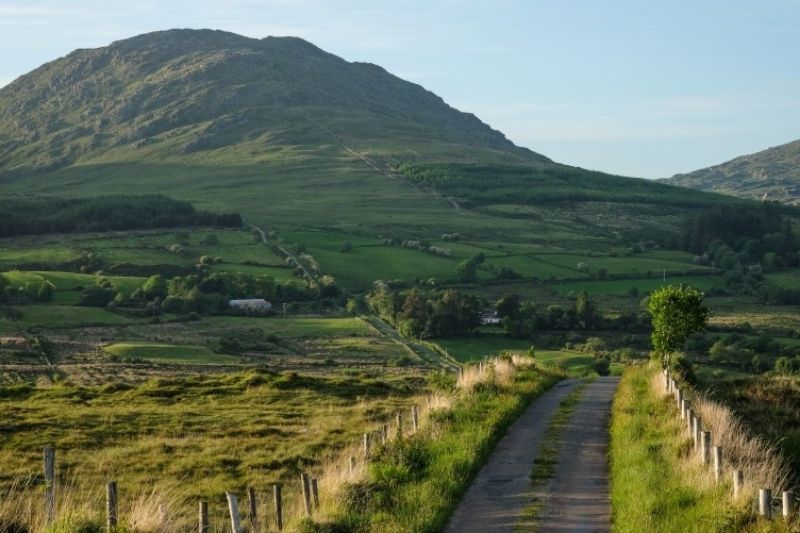The world is failing to address a catastrophic biodiversity collapse that not only threatens to wipe out beloved species and invaluable genetic diversity, but endangers humanity’s food supply, health and security, according to a sweeping United Nations report issued on Tuesday.
When governments act to protect and restore nature, the authors found, it works. But despite commitments made 10 years ago, nations have not come close to meeting the scale of the crisis, which continues to worsen because of unsustainable farming, overfishing, burning of fossil fuels and other activities.
“Humanity stands at a crossroads,” the report said.
It comes as the devastating consequences that can result from an unhealthy relationship with nature are on full display: A pandemic that very likely jumped from bats has upended life worldwide, and wildfires, worsened by climate change and land management policies, are ravaging the American West.
“These things are a sign of what is to come,” said David Cooper, an author of the report and the deputy executive secretary of the United Nations Convention on Biological Diversity, the global treaty underlying the assessment. “These things will only get worse if we don’t change course.”
The report looked at a decade of efforts by national governments. In 2010, after painstaking scientific work and arduous negotiation, almost every country in the world signed on to 20 goals under the convention to staunch the biodiversity hemorrhage.
At the time, the science was already clear: Human activity was decimating animals and plants across the planet, causing a wave of extinctions and throwing ecosystems so out of balance that the domino effects threatened humans themselves. The agreement, with a deadline of 2020 for the new goals, was a hard-won diplomatic triumph.
The report, which assesses progress on the 20 goals, has found that the world is doing far too little.
“Some progress has been made, but it’s not good enough,” said Elizabeth Maruma Mrema, the leader of the U.N. convention.
As with climate change, scientific alarms on biodiversity loss have gone largely unheeded as the problem intensifies.
Last year, an exhaustive international report concluded that humans had reshaped the natural world so drastically that one million species of animals and plants were at risk of extinction. This year, the World Economic Forum’s annual global risk report identified biodiversity loss, in addition to climate change, as one of the most urgent threats, saying that “human-driven nature and biodiversity loss is threatening life on our planet.” Last week, a respected index of animal life showed that, on average, the populations of almost 4,400 monitored mammals, birds, reptiles, amphibians and fish had declined by 68 percent since 1970.
At the global level, only six of the biodiversity convention’s 20 targets were partially achieved and none were fully achieved.
Read this article on full on the New York Times by clicking here:


